Ancient cultures believed sugar to have medicinal benefits, and perhaps in limited, occasional circumstances it may have a positive impact, and we all know Mary Poppins’ famous line: “A spoonful of sugar helps the medicine go down…”. Today though, sugar is responsible for many ills.
It’s been hard to miss the headlines about sugar’s bad rap over the past few years. Its damaging, addictive effects on our physiology have been likened to cocaine; scientists link over-consumption to heart disease, obesity and more, and we know it can make usually calm children bounce off the walls. But what hasn’t been so obvious to me, until our recent trip to Maui, is the harmful effects its farming and processing have on the local environment.
In the late 1800s sugar plantations sprung up all over Hawaii and you can still see the vestiges of plantation living all over the islands. Victorian mansions can be spotted here and there, no doubt some the homes of sugar plantation owners. In many areas you will spot derelict factories made of rusted corrugated iron, just left to rot on the landscape, (the last sugar cane plantation on Kauai closed in 2009 against a backdrop of losing millions of dollars). On Maui however, sugar cane is still widely grown, harvested, processed and shipped to the mainland under the C&H brand.
On a drive from the North shore to the South shore of Maui, we came across a sugar cane processing plant: a series of corrugated buildings, belching out filthy black smoke into the beautiful blue sky. On a tour of the Alexander & Baldwin Sugar Museum across the street we learned about the intensive process of farming, harvesting and processing required before any of us can enjoy our ‘spoonful of sugar’. For starters, it takes about two years for the sugar cane to mature and during that process it requires a lot water, naturally.
Then to harvest it, the workers literally torch the fields, to burn off the green part of the plant, creating smoke pollution before leaving just the cane behind. The charred cane is raked up by huge tractors before being taken to the factory. A power and water-intensive process extracts the sugar and while we are proudly told (in a video at the museum) that the bi-product is used for fuel, it’s often not enough and coal is also used in the process.
Once the sugar crystals are formed, they are then shipped to the mainland (requiring more power and energy) to be packaged, distributed, marketed and sold. If you live in California you’ll recognize this cheery bright pink and white bag which is no doubt in your pantry right now.
I like me some sugar just as much as the next person, but I’m going to think twice about what kind of sugar I buy, and where it comes from, before I bake again. Seeing the nasty pollution for myself and learning what goes into making sugar, was a good reminder that every choice we make as a consumer involves a consequence, intended or not, and we get to vote with our dollars and our bellies.
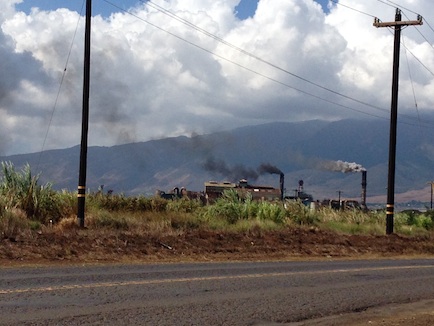
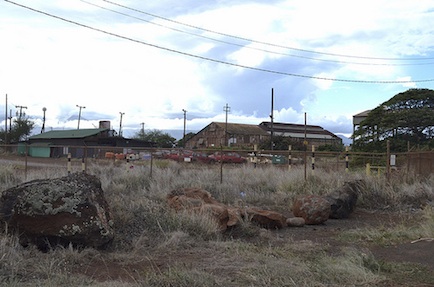
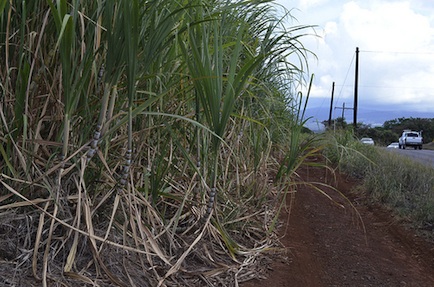
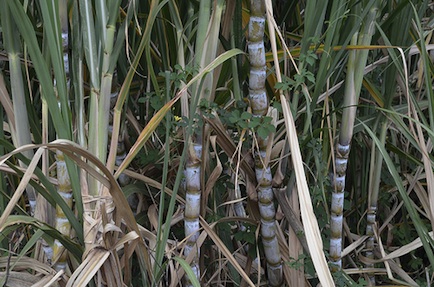
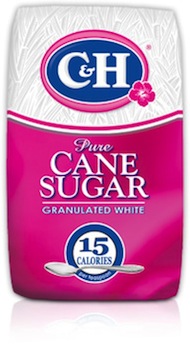

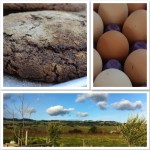
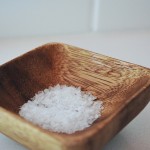
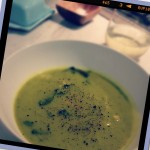
Leave a Reply